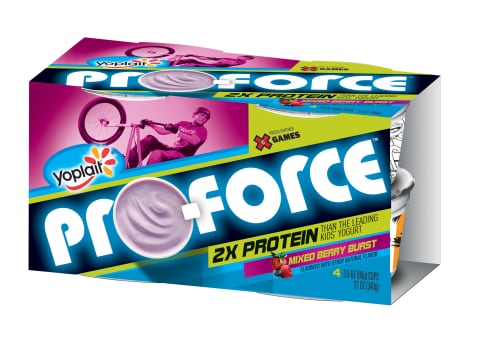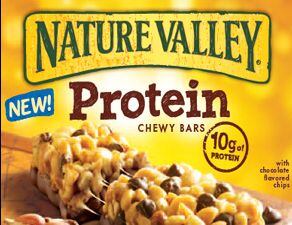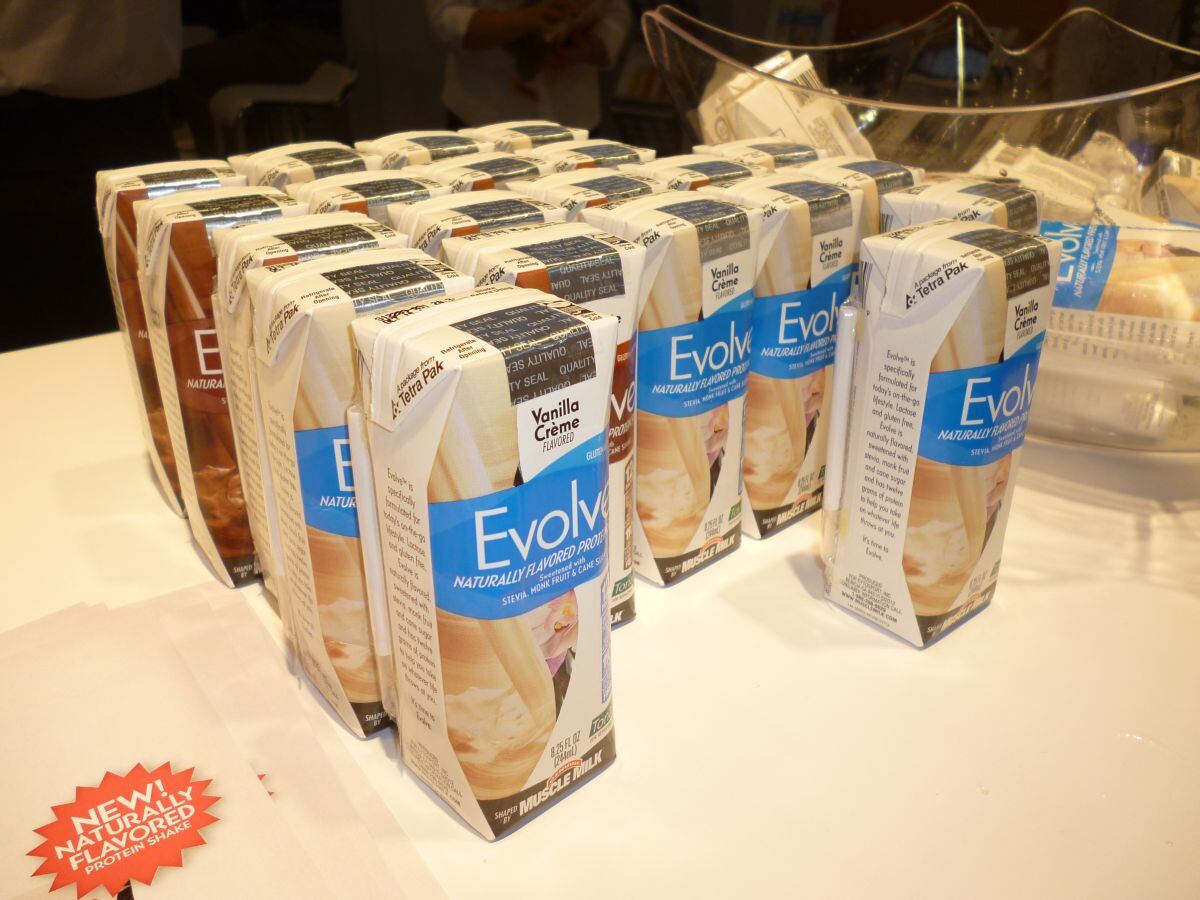Mintel certainly thinks so, while the buzz around protein-oriented launches from Kellogg, PepsiCo and General Mills, the flurry of activity in novel veggie proteins, along with attempts to broaden the appeal of sports nutrition products would certainly suggest that something is going on.
Datamonitor: Product launch numbers fail to make a case for a rush to protein

That said, Tom Vierhile, innovation insights director at Datamonitor, tells FoodNavigator-USA that new product launch numbers “fail to make a case for a rush to protein”, although he concedes that the raw figures “don’t really pick up on the enthusiasm level for protein at some of the top food and beverage companies”.
Looking at Datamonitor’s Product Launch Analytics database of new products, the percentage of new food (excluding beverage) launches in the US making a high protein claim has actually come down from 6.2% of launches in 2009 to 4.6% of launches in 2012, he observes.
“But the 2012 number was an increase from the 4.3% of launches making the same claim in 2011. The trends are similar in beverages, with high protein claims at a high level in 2009 at 7.4% of launches, but this coming down to 4.9% in 2012, though that was up from 3.9% in 2011.”
Meanwhile, “protein does seem to be gaining as a concern with consumers”, he says.
“The International Food Information Council’s 2012 Food & Health Survey noted that protein was the number three nutrient consumers say they are trying to consume with 48% saying they either want to get a certain amount of protein or consume as much as possible. Only fiber (at 56%) or whole grains (at 57%) were higher in interest.”
It’s a Greek yogurt, but you need a magnifying glass to find the word ‘Greek’ on the packaging…

The growth in Greek yogurt is also in part due to its high protein credentials, he speculates. “I do think that interest in protein is rising, if for nothing else the incredible success of Greek yogurt.
“Higher protein levels are a big part of what Greek yogurt has nutritionally over regular yogurt. And we are just starting to see a push into new products that push high protein contents. Brand new on store shelves is Kellogg’s Fiber Plus Antioxidants Protein Chewy Bars, said to have 10g of protein per bar.
“And there are signs that yogurt companies are beginning to de-toggle the protein benefit from the Greek yogurt concept. Yoplait Pro-Force Yogurt is a brand new yogurt for kids that has double the protein of the ‘leading kids yogurt’. It’s a Greek yogurt, but you practically need a magnifying glass to find the word “Greek” on the packaging.”
Coca-Cola’s interest in Core Power High Protein Milk Shakes is bullish for the market

Other recent launches also allude to protein breaking out as the nutrient to watch in 2013, he says: “Kellogg’s Breakfast to Go Milk Chocolate Shake leverages a high protein content (10g per serving) into a breakfast drink.
“We have seen other efforts like this from Kellogg, but most of those have been for the female skewing Special-K brand, not for the Kellogg brand itself which suggests that Kellogg may believe the protein story has broader appeal outside of younger or middle age women.
“And Coca-Cola’s interest in the Core Power brand of High Protein Milk Shakes is also bullish for the market as it is likely they will try to broaden the appeal of the drink beyond hard core athletes to anyone who wants to stay fit.
“Other launches of note include Kellogg Eggo Protein Waffles, with 8g of protein per serving and Post Foods’ Great Grains Protein Blend Whole Grain Cereal which also has 8g of protein per serving. Unusual to see protein receive such high billing for these two.”
As for the message that marketers are trying to convey about protein, this varies from a sports focus to a weight management/satiety focus to something more nebulous, he says.
Consumers rarely like to talk about aging and the affect is has on the body
However, one clearly beneficial aspect of protein - its ability to help us maintain lean muscle mass as we age - is not something manufacturers are really spelling out in marketing messages, perhaps because they don’t want to start talking about sarcopenia or ‘old people’, he speculates.
“We don’t see a lot of high protein products making the connection to retaining muscle mass.
“Just for fun, I did a search on the phrase ‘muscle mass in our database over the last five years in the US, and did not find a single food product that made use of this specific verbiage for a new product, though a handful of beverage products did (primarily iron pumping support products for men, or nutraceutical beauty products for women).”
If you target baby boomers with a healthy aging product, they are likely to think it’s for their parents
In fact, women in particular tend to regard high protein products as something for athletes, teenagers and me, he says.
“Consumers rarely like to talk about aging and the affect is has on the body.
“Odds are that if you target baby boomers with a product that helps reduce the effect of aging, they are likely to think you are trying to target their parents.”
The body shape claim is one that resonates

But this challenge could in turn yield an opportunity, he says: “I think that many of these opportunities are not being leveraged to the degree that they can be, especially the link between protein and satiety.
“The body shape claim is also one that resonates without getting too specific into language that could stir up regulatory challenges and more.
“It looks like breakfast is the opportunity that many of the new higher protein products are targeting, launches like Dannon Activia Breakfast Blend Lowfat Yogurt and Special K Flatbread Breakfast Sandwich.
“As 2013 goes forward, we’ll have to see if new launches make a closer association between higher protein and staying full.”
Click here to get a perspective on protein from Euromonitor International and Mintel.
